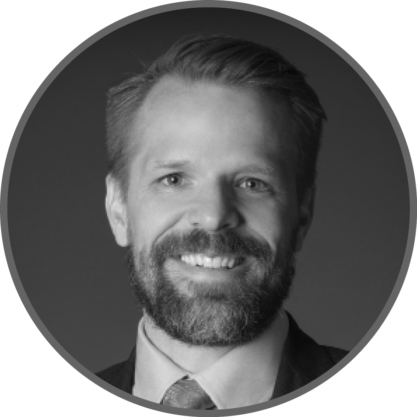
Jeff Pettey, MD, MBA
Sustainable impact comes when global partners in ophthalmology have a healthy care delivery ecosystem. This means establishing sustainable financial models that deliver high-quality care to all patients in need. Providing free care (ie, traveling to a low-resource region and performing surgery at no cost) can harm a local health care ecosystem and undermine its long-term sustainability. When engaging in global outreach, the best practices for achieving a sustainable model include:
1. Talking less; listening more,
2. Making one’s presence invisible;
3. Working within the existing reimbursement ecosystem; and
4. Investing in skills exchange more than care delivery.
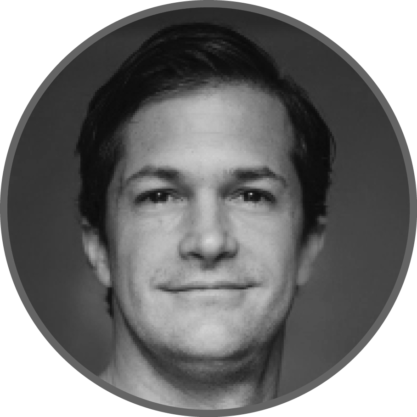
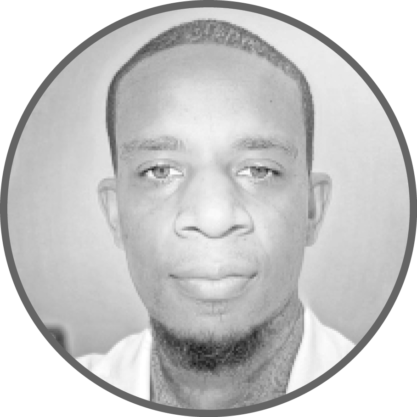
Ivo Ferreira, MD, and Jason Penniecook, MD
In low-resource settings, a lack of geographic, financial, and technological access to eye care are the most significant barriers. These issues are multifactorial and require careful consideration and adaptation on a local level. Addressing such barriers with innovative patient-centered strategies involves meeting patients where they are, both geographically and financially, in order to provide them with efficient solutions that are acceptable to them (ie, technologically accessible). This requires ophthalmologists to understand and invest in health equity for all patients because those in low-resource settings deserve world-class outcomes. This means understanding that, to achieve the best outcomes, different people will need different aids. An empathetic, safe, and productive ophthalmologist is the catalyst for this work.
To empower local ophthalmology in low-resource settings, we must educate, connect, and communicate in innovative ways. This means:
- Educating colleagues to look beyond their practices, patients to spread the word, and society to be more aware of eye care needs;
- Connecting with colleagues to create a collaborative system with a sense of teamwork and community; and
- Communicating effectively with those in positions of influence about the unmet needs and ultimately helping colleagues provide quality care to more people.
These skills are not taught during training. Ophthalmic education must shift many old paradigms and prioritize building health equity through education, connection, and communication.
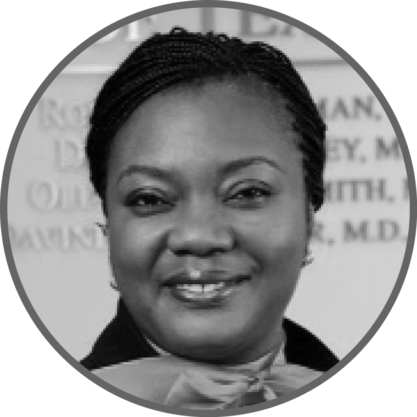
Oluwatosin Smith, MD
The divide between worlds continues to widen as technological advances and breakthroughs provide better tools for ophthalmic care for those who can access them. In working across the world in low-resource settings with our global outreach treatment program at the Cure Glaucoma Foundation (www.cureglaucoma.org), I have found it effective to:
- Focus education on specific techniques that are effective in achieving treatment goals and are economically efficient;
- Offer mentorship and support to providers in the learned procedure until it is mastered;
- Provide access to the specific product required either through partnership with industry or local production; and
- Require that the skill be passed on to others in a documentable way.
We have found this approach to be repeatable and sustainable in expanding access to glaucoma drainage devices to locals in places where glaucoma drainage implant surgery was not previously available. These principles can likely be applied to other specific surgeries and geographic regions as needed. Ease of access to virtual communications around the world has made this even more possible as the gap in communicative technology is not as wide. Although the ophthalmic divide widens, the world seems much smaller than it used to.
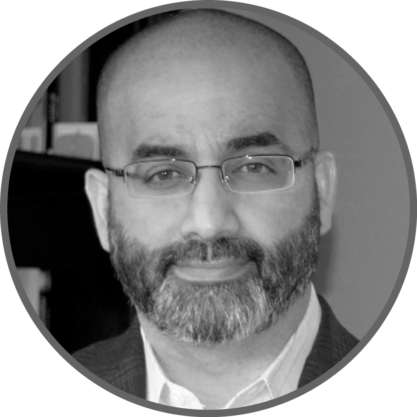
Malik Y. Kahook, MD
Barriers to equitable health care range from economic impediments to geopolitical and climate change-related obstacles. Health care workers are uniquely positioned to help overcome these barriers even when the issues deviate significantly from their day-to-day clinical practice. Examples of practices that can be leveraged to enhance access and outcomes include:
1. Introducing concepts, best practices, and resources to counteract effects of climate change on health care systems in low- and middle-income countries; and
2. Fostering open access to educational opportunities through digital resources, simulation programs, and on-the-ground, didactic outreach with local team members leading the way.
Every 1-degree Celsius increase in temperature will lead to 1 billion people being forcibly displaced from their homelands.1 Thus, the negative effects of climate change will cross borders into regions that have historically benefitted from geographic privilege. Climate change is a threat multiplier for those already in distress from social inequality, extreme poverty, and limited access to affordable health care. Physicians can help through climate health advocacy on the local legislative level and through the adoption of sustainable practices in clinics and ORs. We can design and implement health care delivery models that anticipate the effects of climate change, such as an increased number of patients and an altered profile of diseases (viral infections, heat-related pathology, allergens, etc.). Climate-friendly practices can be part of the skills transfer exchange with low- and middle-income countries. This works in both directions, as many resource-depleted regions have already adapted to climate change and can teach those in resource-rich regions to practice more sustainably. Perhaps most important is teaching physicians around the globe to be climate health advocates, to secure a seat at the table, and to lobby legislatures to enact laws that curb greenhouse gas emissions and support community resiliency. The voice of trusted local health care workers will impact greater change than that of outside visitors.
Lack of access to proper educational resources could lead to lower- and middle-income countries falling further behind in their ability to conduct best practices in eye care, which could discourage the next generation from pursuing careers in medicine. Health care professionals can help by introducing digital learning resources that are economical and accessible across borders. Cybersight.org by Orbis International is a great example of an information exchange platform that is accessible from anywhere at no cost to the end user. Simulation training using digital (eg, virtual reality) and synthetic eyes will allow for efficient and cost-effective skills transfer that will empower local clinicians and surgeons to deliver the best care. It is imperative for local clinicians to frame the overall educational needs and to guide external resources on how best to implement programs.
Ultimately, the best way to answer the posed question is to present it to a panel with majority representation from low- and middle-income regions. The famous philosopher Ted Lasso once said “Doing the right thing is never the wrong thing.” Global health equity can be enhanced, at least to some extent, by doing the right things in a collaborative way.
1. Xu C, Kohler TA, Lenton TM, Svenning JC, Scheffer M. Future of the human climate niche. Proc Natl Acad Sci U S A. 2020;117(21):11350-11355.


